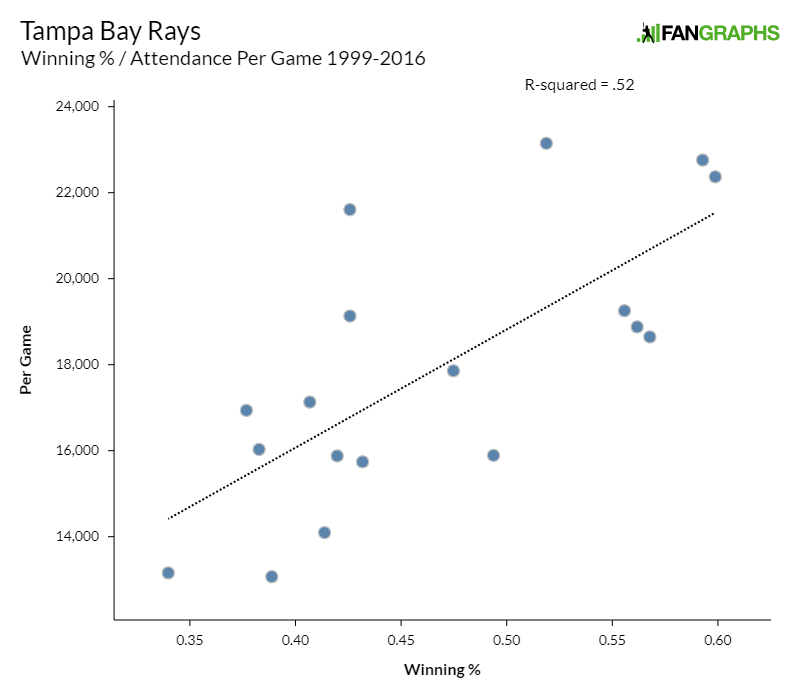Lucas Duda Is on the Rays Now
As I write this, the Rays are sixth in the American League in our in-house playoff odds. They’re two and a half games out of first place in the American League East, and they’re one game out of a wild-card spot. This year’s Rays have a chance to actually go somewhere. This year’s Mets do not, and so a sensible trade has been made.
Rays get:
Mets get:
This is one of those easy ones, one of those simple ones, one of those ones that hardly even warrants a write-up at all. The Mets are out of the race, and Duda is an aging rental player. Smith is a minor-league reliever, and for all I know those might be literally a dime a dozen, but he has plus velocity and an interesting curve, so you never know when it might click. The Rays, meanwhile, found themselves interested by the improvement Duda could provide. What is a Lucas Duda? This is a Lucas Duda.
Duda is a player whose very name kind of suggests everything you need to know about him. Not that I necessary mean to profile, and I don’t condone this sort of activity, but the name “Lucas Duda” conveys a certain amount of size and power. Duda, indeed, is large and strong, and he presently ranks among the league leaders in average exit velocity. The pluses are that he can hit the ball far, and he’s also comfortable drawing a walk. On the downside, Duda’s not much of a defender, and he’s prone to his strikeouts. He’s historically been a lot better against both righties and starting pitchers, so there are holes in his swing to be exploited.
Duda isn’t an impact rental in the way that J.D. Martinez could be an impact rental. Duda’s not that good. Still, he is a legitimate masher, and he’s an offensive upgrade over, say, Brad Miller, who’s been DHing too much. Duda, now, will slide into that spot, allowing Corey Dickerson to more regularly play the outfield while Miller could go back to pairing with Tim Beckham. There’s also a chance Miller or Beckham could subsequently be dealt — the Rays are tricky like that. But mostly, this feels like an addition for the sake of extra versatility and dingers. The roster will be stretched a little less thin, and in even better news, Kevin Kiermaier is nearing his return from the disabled list.
The Rays aren’t going for it in the traditional sense, and I doubt they ever will. They genuinely can’t afford to make those kinds of moves. But they are still clearly acting on their present opportunity, as they’ve also recently added players like Dan Jennings, Sergio Romo, and Chaz Roe. Those are three unspectacular relievers, yet there are things to like about each, and the Rays added them cheaply. They’re short-term additions, intended to make the Rays better now, but they haven’t actually lost very much. Smith is a recent third-round pick, but you don’t sweat dealing most A-ball relievers.
Duda’s going to serve as a two-month slugger. If things go the Rays’ way, he’ll be more like a three-month slugger. It might be moderately troubling that he, Dickerson, and Logan Morrison are all left-handed, but there’s still time to patch up the bench. The Rays are for real as a competitive team, and they’re adding for now in the way that makes sense to them. It’s hardly exciting, hardly dramatic, but the Rays are banking on their usual formula. They’re not a team that makes splashes. They just want to make sure they’re okay.



